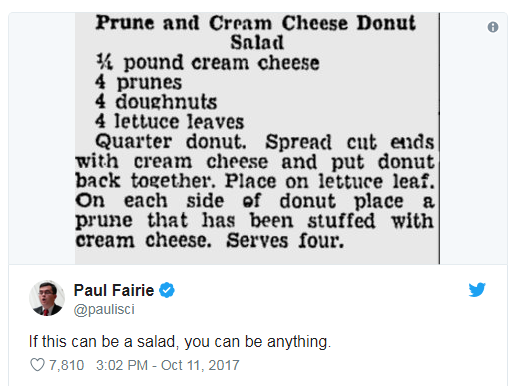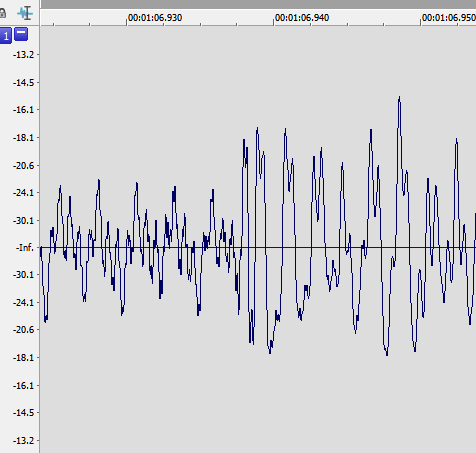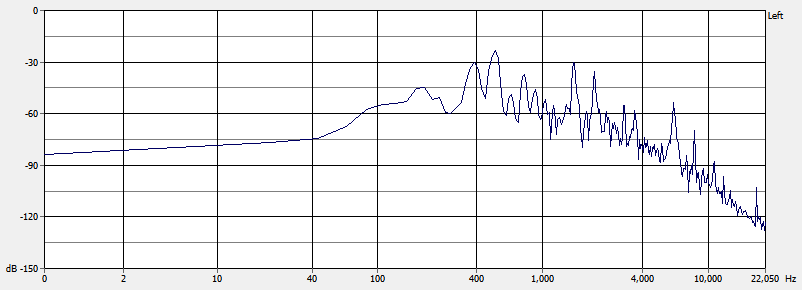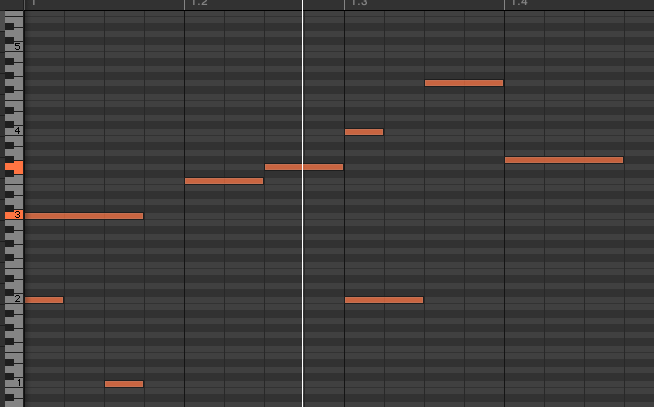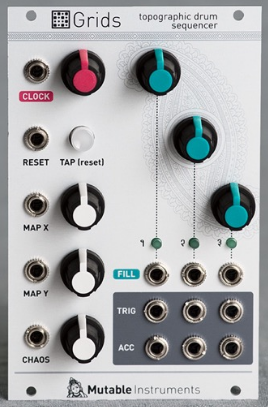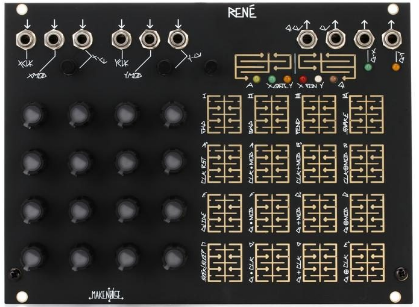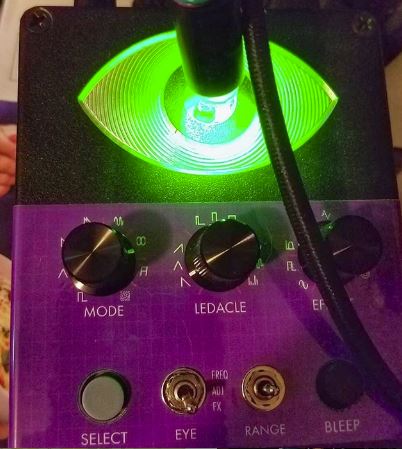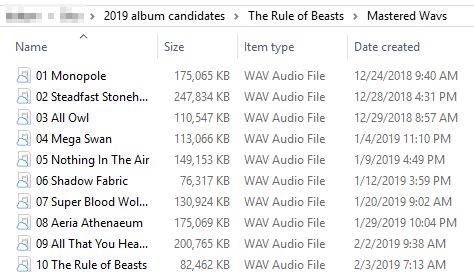Recent dreams:
- I was the third of three drummers for a high school heavy metal band. Like, an official class, taught by the guy who had taught the school’s jazz ensemble in real life. And just like the jazz ensemble in real life, we were really not good.
- Throwing books at Hitler, while he sat for an interview with an NPR reporter. Nice hardcover editions of The Sandman graphic novels. I’m not sure if Neil Gaiman would approve, or would suggest I find something else, but it was effective — The Kindly Ones really took a chunk out of his arm, messed up his uniform and completely disrupted the interview.
And speaking of relaxation, I have found that while the nasty-tasting CBD oil helps my anxiety and mood, the capsules I bought from a different company (at a higher concentration, even) just don’t do very much. I must be carrying a lot of tension in my back muscles just from the anxiety, because switching back to the oil for a day relieved a knot that had been bothering me for a week. And here I thought it wasn’t doing that much to help physical pain. Hopefully I can find an option that is less yucky, but still effective.
In local music news: those thoughts about an “acoustic universe” — and maybe watching season three of The Expanse — led to a general concept for the next album. The working title is Passing Through, as in both travel and permeation. I’ve got four candidate songs in place now and one rejected, all coming from experiments with QPAS, ER-301, and the Volca Modular.
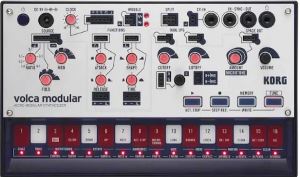
The VM is a fascinating and sometimes frustrating little beast. It’s rough around the edges and has a lot of limitations, compared to Eurorack modules or software. Some of those are the “do more with less” kind which encourage creativity; some give it character; some are just annoying. But overall it’s pretty amazing for such a tiny, cheap synth.
Some people have been trying to compare it to a Buchla Music Easel (at $3000+) or a Make Noise 0-Coast (at $500+) and that doesn’t seem fair. But I think I can honestly say it’s at least as interesting as an Easel, and I honestly like its wavefolding sound and its LPGs better than the 0-Coast. (But the 0-Coast is really good at big, solid triangle basses, which the VM will never be, and it feels like a really good, well-calibrated, quality instrument and not a toy.)
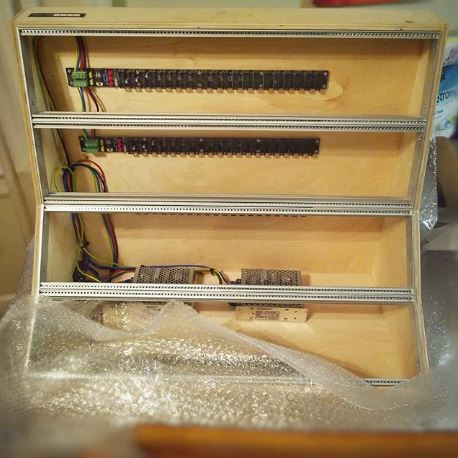
My new case arrived, and I was eager to get moved into it but my spouse wisely pointed out that it’s probably better to burn it — that is, in the sense of pyrography — before loading it up with fancy electronics. Okay, that makes sense. 🙂 I spent a few hours poring over clip art and tattoo designs of stars, meteors and black holes for inspiration; she spent a day or so working up a rough draft design in a paint program. I think it’s going to be pretty spiffy and I’m eager to see the results!
I’ve occasionally thought about getting a tattoo, but decisiveness was not my strong suit and most of the symbology that meant much to me wasn’t something I’d want to wear on my skin. But it strikes me that it’d be really cool to have a tattoo with a neat design made by my spouse, which has some thematic similarity to her tattoo, and matches the design on my instrument…



